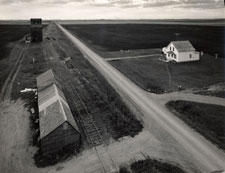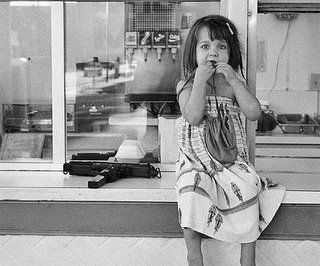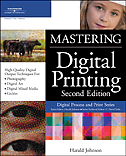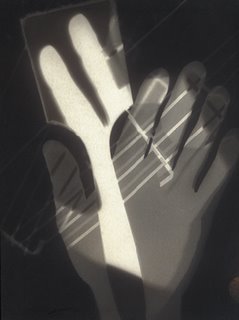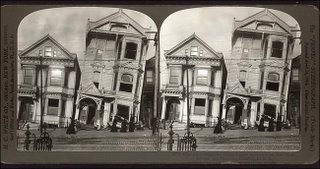
Apple has revealed that the next release of Aperture, the company's pro photo workflow application, will be about more than just support for Macs using Intel processors. During a press briefing yesterday at the PMA 2006 trade show in Orlando, Florida, Aperture product manager Joe Schorr showed off numerous refinements in the upcoming v1.1, including what appears to be much-improved processing of RAW files, as well as greater control over contrast, sharpening and noise reduction during the RAW conversion.
Aperture @ Apple
Rob Galbraithe review





